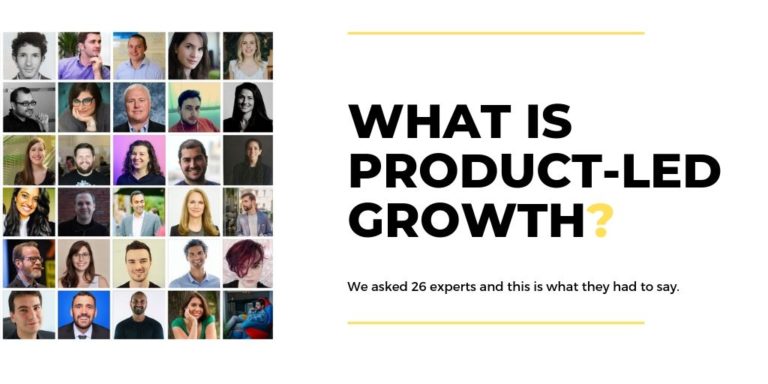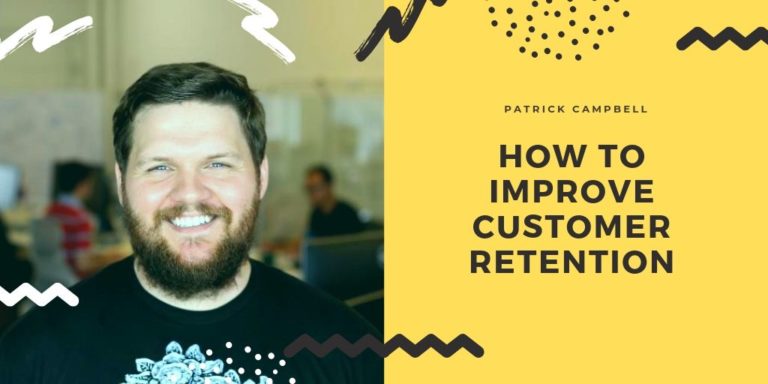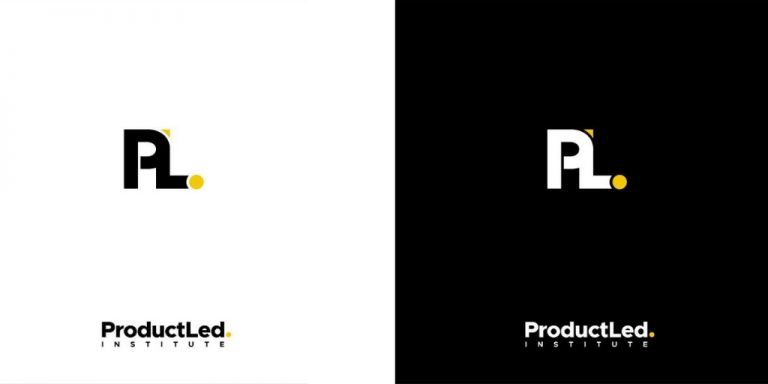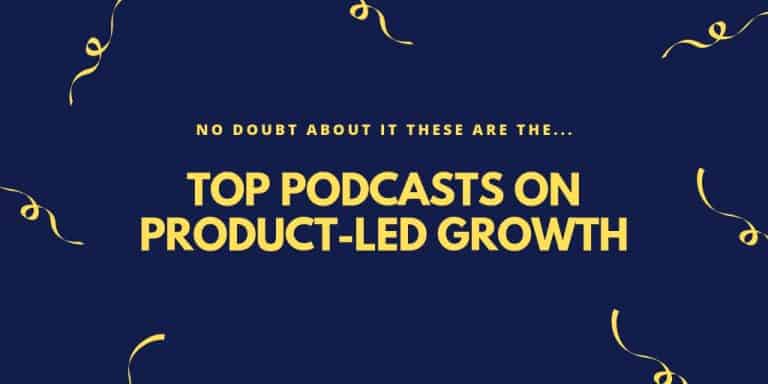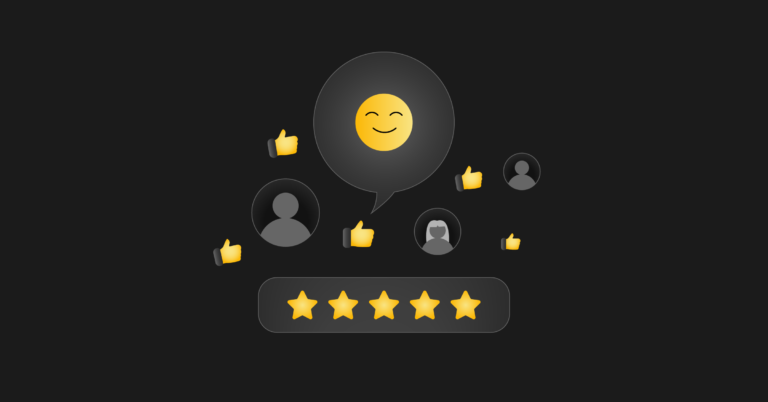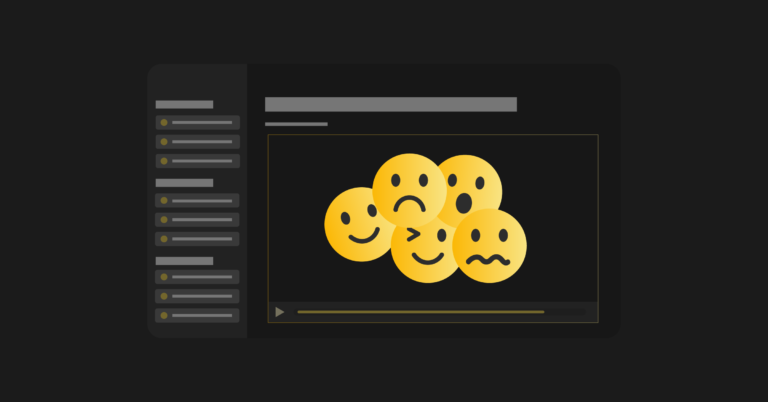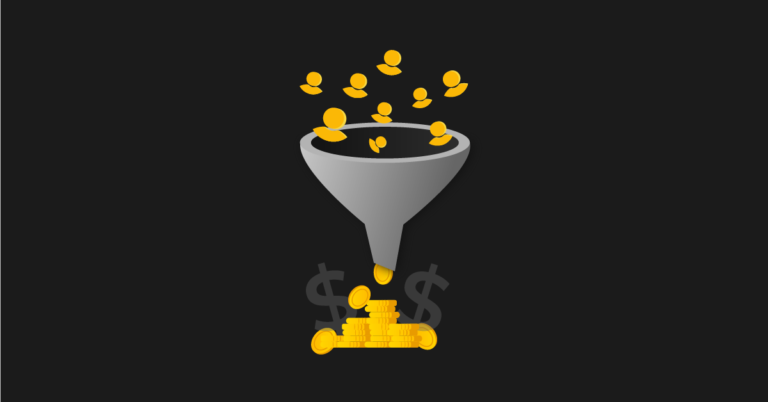Every product lives and dies by its Aha moment.
The Aha moment is when the user realizes the value in a product. It’s a glorious moment, for sure. However, users will have a difficult time reaching this eureka moment without some help.
Of course, you know your product’s value. You know it so well that you can probably recite it off the top of your head.
But, can you recognize your product’s value from the user’s perspective?
Identifying your product’s Aha moment isn’t always easy, which is probably why you’re here. Well, don’t worry. I’m going to help you identify the moment your product’s value becomes clear to the user without pulling your hair out!
How the aha moment impacts retention rates
The moment when everything clicks for a user, and they understand how they can benefit from your product is critical. These are the users who are more likely to continue using your product. They stick around because your product solves their current pain point.
So, what happens when the Aha moment isn’t clear?
Usually, it means that users no longer have a good enough reason to stick around. This is evident with new apps. Every new app has the same problem. Lots of people sign up in the beginning. However, they don’t hang around – 95% of people who sign up for Android apps don’t stay as users after 90 days.
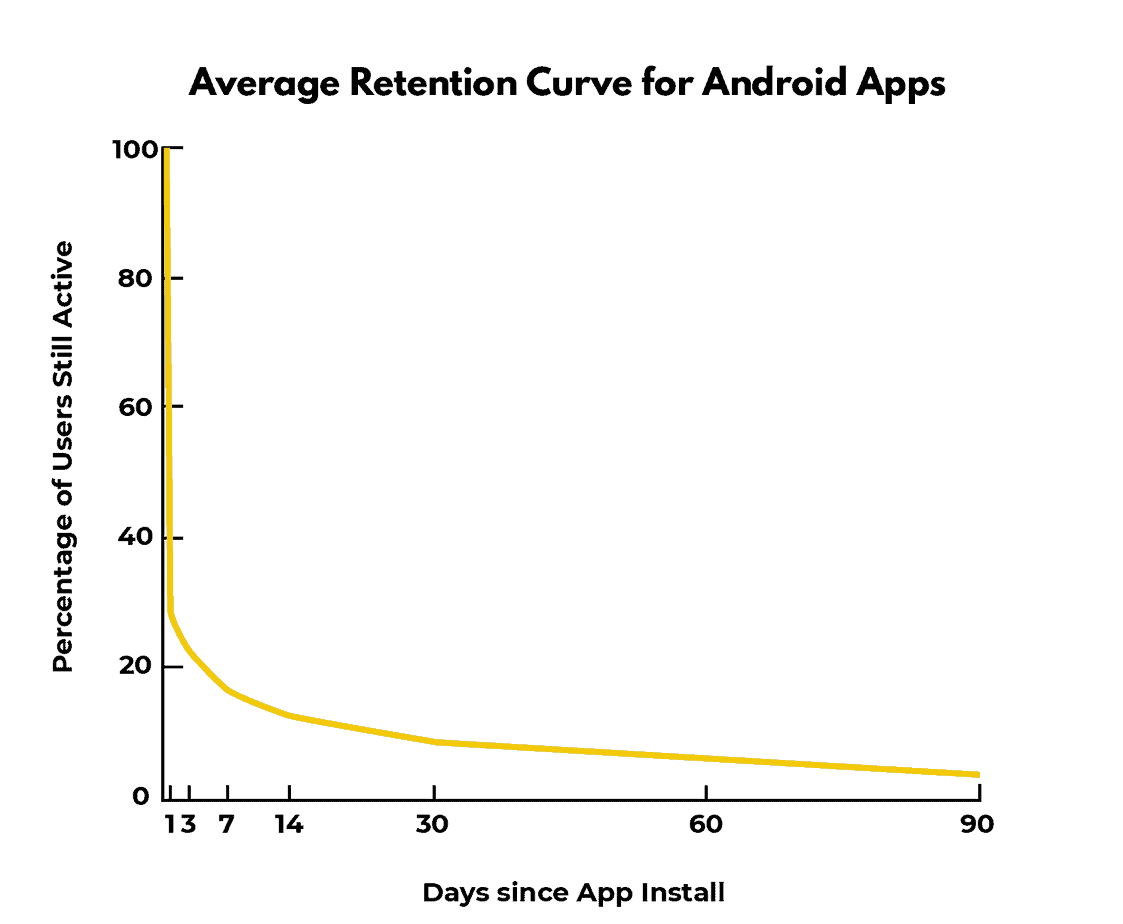
If you’re thinking to yourself... well, that’s just apps on the App Store, think again. The SaaS space isn’t doing much better. In fact, 40 – 60% of users who sign up for a free trial of your software or SaaS application will use it once and never come back. Ouch!
I’ll admit it’s looking a little grim right now but don’t panic. I’m going to help you beat the average and start optimizing your product so that users keep coming back for more.
What makes people come back?
I want you to think about your product and ask yourself this question:
Why would people come back to your product?
Do you have an answer?
Let me help you out…
The Aha moment!
It's a moment when a new user first realizes the meaningful value in your product.
The Aha moment is what keeps users coming back time and again. When users know what the Aha moment of a product is, they are committed. They understand that your product has meaningful value for them and this, in turn, makes the entire selling process so much easier.
Usually, the Aha moment helps users solve a problem, and they love you for it. You’ve saved them a lot of time, effort, and perhaps you’ve saved them a lot of money too. Essentially, the Aha moment turns users into happy, paying customers.
What does an Aha moment feel like?
Three things happen when you (or a user) "feels" an Aha moment:
- You understand exactly how a product can help you.
- You experience the core value of a product.
- You’ve achieved something very quickly that might have taken you hours previously.
To give you an idea of what Aha moments look like in real life, for real companies, here are a few examples:
- For Airbnb, it's making your first booking.
- For Google, it's finding an answer to something complex.
- For Facebook, it's connecting with your friends.
- For Zoom, it can mean signing up, organizing, and holding the first video conference.
- For Expensify, it could be creating the first expense report that is approved for payment.
Pre-conditions to consider
Before we get into the nitty-gritty details of identifying your Aha moment, let’s go through a few pre-conditions first.
- You don't catapult people in your product to the paid areas fast or you have a trial that has severe limitations n what you can do.
- You don't have a decent amount of your app/product's data at hand, i.e. 6-12 months of data.
- You don't have badass users or people who regularly use your product. If everyone is churning, you've got bigger fish to fry.
How to identify your Aha moment
Now it’s time to get into the good stuff – identifying your Aha moment.
There are three stages you must go through that will help you identify it.
The order of these stages is important, so try not to skip any steps!
- Talk to actual users
- Power users
- Churned users
- Look for patterns
- Identify value metrics
- Look at customer behavior of good and bad customers
- Look for moments of friction
- Shortlist and test potential behaviors
- Shortlist potential behaviors
- Prioritize your experiments
- Start small
Step 1: Talk to actual users
To understand the true Aha moment of your product, you need to talk to your customers. Start with the badass users. These, according to Kathy Sierra, the author of Badass Making Users Awesome, are users that have the following characteristics:
- They don’t want to be badass at using your product.
- They want to be badass.
- They want badass results.
Badass users are people who become amazing at whatever it is that your product enables them to do. They are pros at it. Hence, they’re "badass users."
Naturally, people like this tend to get incredible results with your product, which is exactly what you need to look for when talking to them. Your mission when speaking to badass users is to identify what a success story looks like for this type of user.
So, you know why you need to speak to your badass users, but how will you get in contact with them?
The easiest way is to send them an email. Something like this:
Hey Tom,
Thanks for being such a great customer! We're really happy that you love our product and we'd love to help other customers get the same awesome experience that you have. Would you be open to setting up a 10-minute call this week to help us?
Next, ask them some simple questions…
- How do you use the [product] you've purchased?
- Are there features you use all the time? How?
- Are there features you never use? Why not?
- What's something you wish [your product] could do?
- What do you love most about our product?
- What made you decide you wanted to pay for the [product]?
- Which competitors were you comparing us against? Why did you choose [your product]?
Look at their answers closely. This will help reveal what a successful user experience with your product looks like, bringing you closer to identifying the Aha moment.
Now it’s time to talk to churned users. It's the worst part of the process for sure, and yet, you can learn a lot from your churned customers.
First, you need to understand why people churn. Usually, it’s because there is a value gap in the product. In other words, the user did not receive the value they expected from the product.
A value gap is a discrepancy between what a customer expects from the product and the value received or perceived.
There are many reasons why a value gap exists. For example, the product may have failed to provide adequate value. Or, perhaps the customer is simply not a good fit for the product, which happens more than you might think.
Some other reasons that could explain why there is a value gap could be due to the customer not understanding the product’s capabilities or how to use it. The problem can also be a negative mental or emotive response to the product. The customer may have experienced confusion or dissatisfaction that changed their perception while using the product.
People also churn because of friction. Before you jump to conclusions, remember that friction can actually be a good thing. Most of the time, friction is something that can be controlled or fixed.
Friction is your opportunity to target and eliminate the friction so that more of these churned users start sticking around.
To help identify your product’s Aha moment, you must get in touch with your churned users. Send them an email with the goal of finding out what a user story looks like for churned users.
Here is an example email that you might send to a churned user:
Hey Sarah,
I saw that you signed up for [product] last month but never had a chance to [do something "badassful" in your product].
I'm always trying to improve our value to new users and would love to learn how we could make our product experience better. Would you b open to setting up a 10-minute call this week to help me out?
You must prepare for some not-so-good feedback. That’s to be expected and instead of letting it get you down, think about how you can use it to improve the user experience further now that you know why churned users decided to leave.
Here are some questions you can ask your churned users:
- What outcome were you hoping to get out of the product when you signed up?
- Were you able to experience that key outcome in the product? Why not?
- Why was our product not the right solution?
- Still evaluating
- Not a fit
- Too complex
- Too expensive
- Missing product feature or integration
- Went with another solution
- Just doing research
- What could we have done differently to keep you around?
Step 2: Look for patterns
When identifying patterns, start by looking at your value metrics.
The goal of a free trial is not to have engaged users, you need users that consistently get value from your product.
To make this process easier, I suggest thinking about (and writing down) what someone has to do to get value out of your product.
Then, create a shortlist of ALL value metrics.
Next, consider looking at the customer behavior of both your good and bad customers. Doing this will help you to identify successful user journeys. To do this, follow the five-step process below:
- Put a list together of all your product's features.
- Pick a list of your most successful customers and analyze what features they used early on, continue to use regularly, and stopped/didn't use.
- Write down what features got adapted and didn't.
- You need to find the behaviors that, when performed, best correlate with continuing to use your product for an extended period of time.
- You want to lead with the features that get people to upgrade.
Then, ask yourself these questions…
- How does each customer's data differ from what they said in their interview?
- Which onboarding steps do my well-adopted users share?
- Is there just one path to becoming a well-adopted user or are there several?
- Which onboarding steps are my churned customers not reaching?
Now it’s time to look at the customer behavior of “bad” customers. I only refer to them as “bad” to help you separate the two. In reality, there is no such thing as bad customers. They might be the wrong customers for your product, but they’re never “bad.”
When it comes to “bad” customers, ask yourself these three questions:
- What did they try to do?
- Where did they get stuck?
- What features did they try?
Then, go through the data for your bad customers and follow these steps:
- Put a list together of all your product's features (should already be done)
- Pick a list of your unsuccessful customers and analyze what features they used early on, continue to use regularly, and stopped/didn't use.
- What features got adapted and didn't.
- You need to find the behaviors that, when performed, best correlate with continuing to use your product for an extended period of time.
- You want to identify where friction is so you can eliminate it.
The key here is to look out for moments of friction. This is when the user came across a problem of some kind. Maybe a feature stopped working. Maybe there was a time lag, and it took too long to complete what should have been a simple and quick task. These are moments of friction, and usually, they are one of the biggest differences between the good and the bad users.
Step 3: Shortlist and test potential behaviors
What are the potential behaviors?
Here are a few to get you started…
- Using a specific set of features.
- Achieving a particular outcome within a product.
- Using your value metrics.
- Using the product several times in the first week.
- Watching an onboarding video before diving into the product.
- You get the point. 🙂
Analyzing how people use your product is vital in discerning the Aha moment. This will help you understand what people are doing inside the product, how they engage with it, and hopefully, what value they get from the product that makes them want to keep using it.
Prioritizing your experiments is important. After all, you don’t want to waste time on an experiment that only exists because you think it’s a great idea. Prioritize experiments and keep track of them.
Organize your potential experiments to test in an Experiment Log.
An experiment log is a great way to track and record experiments, their results, and focus on the metrics you want to improve.
If all of this seems like a lot, start small. Aim for one or two ‘easy’ experiments. Allow yourself to get some wins before moving on to bigger experiments.
An experiment log is a really powerful tool for you to apply across your entire organization (and marketing department) because you can start to have a process for it. Any experiment you want to try can be logged and tracked.
What’s your product’s Aha moment?
Aha moments are the essential ingredients that keep users returning to your product, day after day.
Putting all of this together to identify your product’s Aha moment will help you to better understand your product, how users engage with it, and the key factor that keeps them coming back for more.
To gain leverage in your business, you have to make it easy and frictionless to sign up, get to value, and upgrade.
As part of ProductLed's coaching program, I work with SaaS founders to implement the Bowling Alley Framework to improve user onboarding and conversion rates. By eliminating friction, users experience the value of your product and reach their Aha moment.
Designing a frictionless onboarding process is a crucial part of our nine-component coaching program at ProductLed Academy. Join over 300 product-led companies that have scaled more efficiently and profitably with our proven three-phase system.

